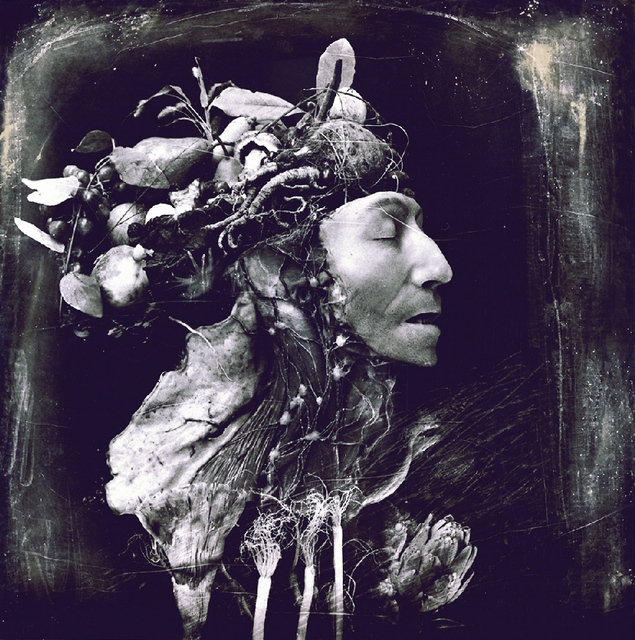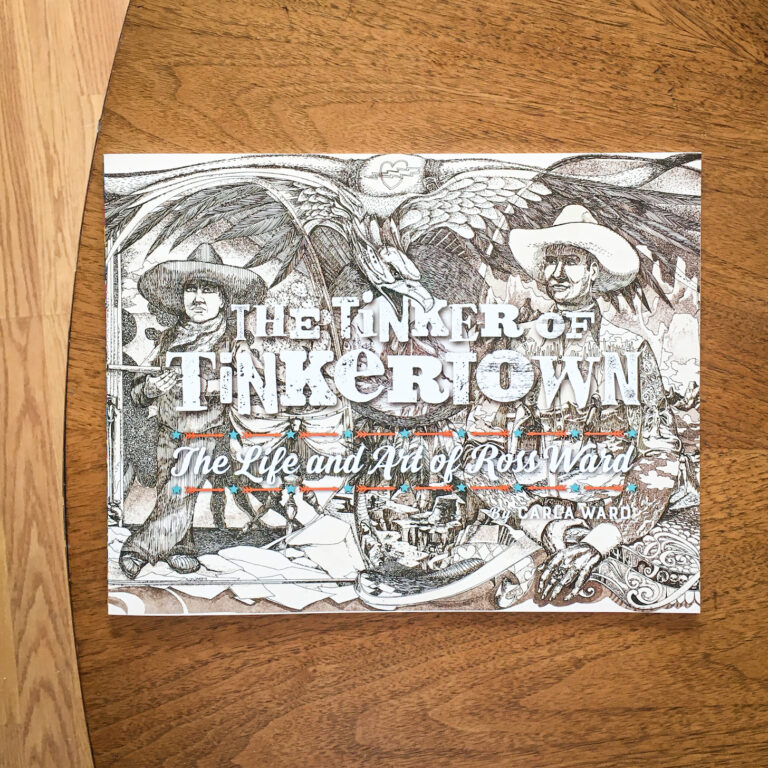You might expect an exhibit of medical photographs to be gruesome—or, at the very least, disconcerting. In this regard, Extraordinary Bodies , a show at the Albuqeurque Museum, doesn’t disappoint.The exhibit is made up of modern art photographs interspersed with images from Philadelphia’s Mütter Museum. The Mütter is one of the nation’s last remaining 19 th -century medical museums. In 1856, Dr. Thomas Dent Mütter bestowed his oddball collection of medical specimens and models on the College of Physicians of Philadelphia. Several of the photographs from Mütter’s museum are displayed here alongside work by contemporary photographers interested in investigating similar themes.The result is bizarre but fascinating. The carnival-of-horrors atmosphere is enhanced by the (excessively) dim lighting and dark green walls of the exhibit space. A sign at the entrance warns that, “Photography of human remains may be offensive to some viewers.” You should take this offhanded truism to heart. Some images in this show are definitely not for the weak of stomach.Consider, for example, Joel-Peter Witkin’s beautiful but unnerving “Harvest,” a silver gelatin print from 1984 that incorporates a wax model of a head showing the exposed lymphatics of the neck. Ornamented with flora, the face, in weathered black and white, looks peaceful enough, but it’s easy to imagine this person might have been a victim of a beheading, the title and composition suggesting some violent pagan fertility ritual.More traumatic is a 19 th -century diptych of a man suffering a giant tumor that takes up a third of his face, distorting his pale eyes in such a way that he looks permanently horrified by his unfortunate condition. Another diptych shows a young girl born with no legs. These images are more hopeful. The notes say the girl was strong, active and intelligent, and the photograph shows this. Her biceps are toned because she used them to get around. Her gaze is bright, calm, even defiant.On one wall, there’s an image of a plaster cast of the original Siamese twins, Chang and Eng. There’s also an arty photo from 1993 by Scott Lindgren called “Instrument of Destruction.” This depicts the spiked pliers used to cut or crush a fetal head when a mother’s life is in danger. In the background is the willowy, distorted silhouette of a fetal skeleton.In the contemporary work, there are even some abstract attempts at dark humor, like William Wegman’s “Kyphosified,” showing a dog drinking from the pelvis at the base of a deformed spine.In these and other photographs, Extraordinary Bodies does an intriguing job of exploring the shared territory of art and science, seeking aesthetics in death, decay and deformity. I wouldn’t want to spend too much time thinking about the maladies, and the associated pain, both mental and physical, suffered by these poor people. But there is beauty here. Considering the subject matter, that’s definitely something to think about.
Extraordinary Bodies: Photographs from the Mütter Museum runs through April 15 at the Albuquerque Museum (2000 Mountain NW). Admission is $4 for adults with a $1 discount to N.M. residents, $2 for senior citizens and $1 for children ages 4-12. Children 3 and under are free. 243-7255.










